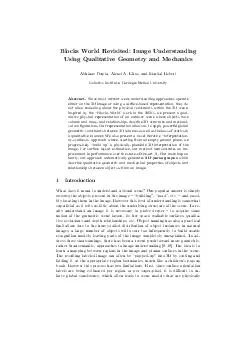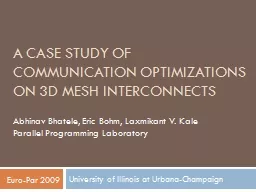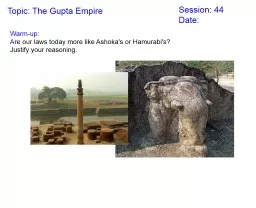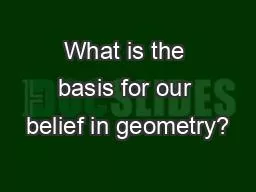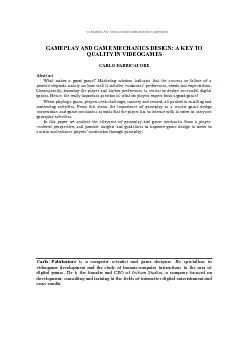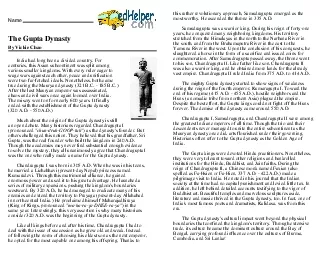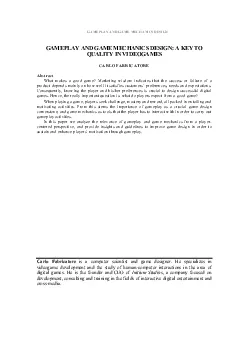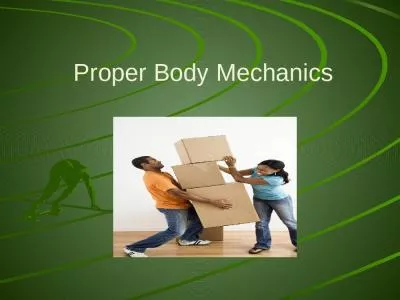PDF-Blocks World Revisited Image Understanding Using Qualitative Geometry and Mechanics Abhinav
Author : natalia-silvester | Published Date : 2014-12-15
Efros and Martial Hebert Robotics Institute Carnegie Mellon University Abstract Since most current scene understanding approaches operate either on the 2D image
Presentation Embed Code
Download Presentation
Download Presentation The PPT/PDF document "Blocks World Revisited Image Understandi..." is the property of its rightful owner. Permission is granted to download and print the materials on this website for personal, non-commercial use only, and to display it on your personal computer provided you do not modify the materials and that you retain all copyright notices contained in the materials. By downloading content from our website, you accept the terms of this agreement.
Blocks World Revisited Image Understanding Using Qualitative Geometry and Mechanics Abhinav: Transcript
Download Rules Of Document
"Blocks World Revisited Image Understanding Using Qualitative Geometry and Mechanics Abhinav"The content belongs to its owner. You may download and print it for personal use, without modification, and keep all copyright notices. By downloading, you agree to these terms.
Related Documents

